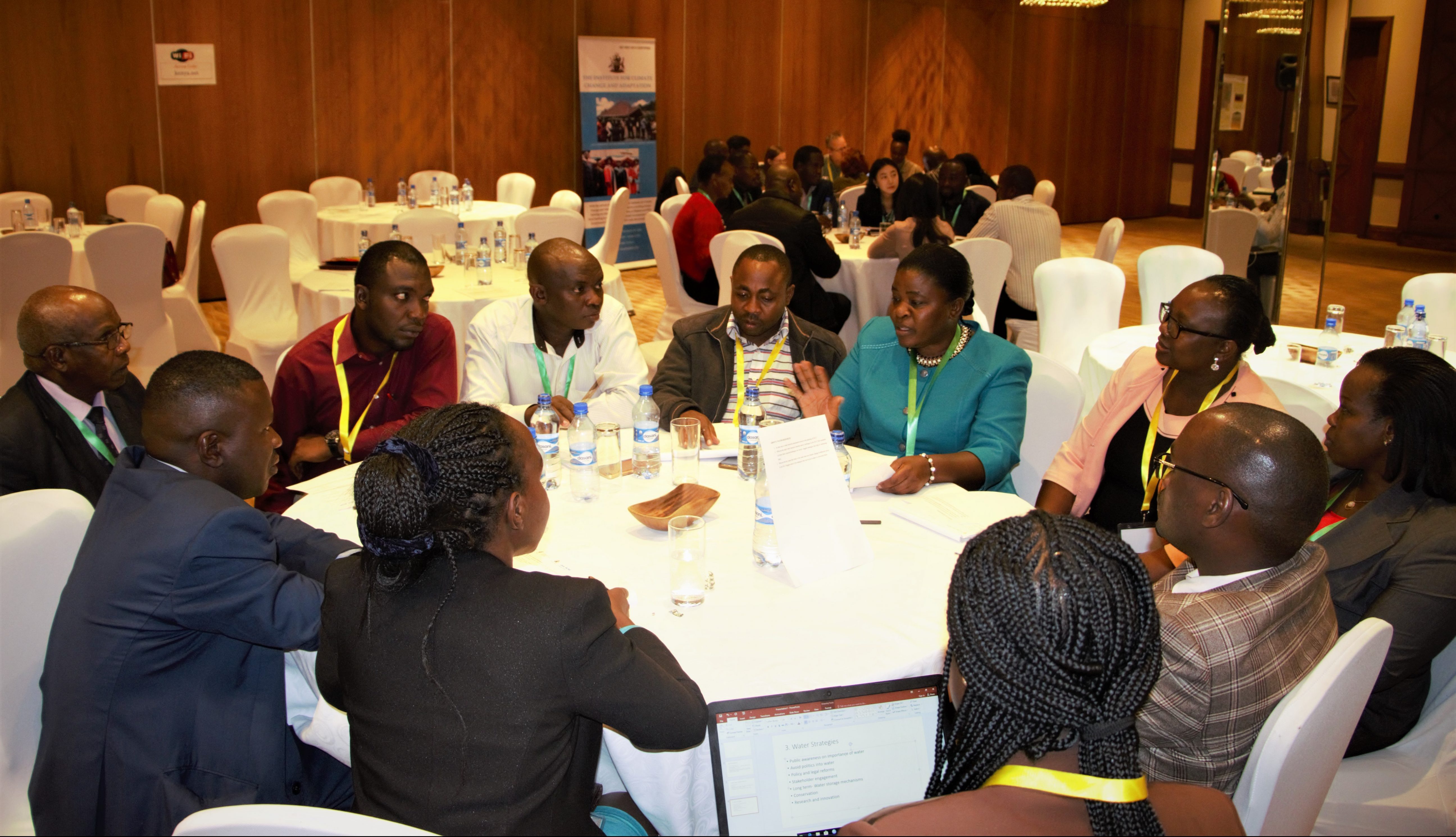
Stakeholder engagement in Kenya
At a recent workshop, stakeholders in development corridor decision-making discussed the key research and capacity gaps that need addressing, in order to ensure development corridors are planned and implemented in a sustainable way.
Some keys gaps that came out of these discussions included:
- the often lacking involvement of local people in decision-making,
- the production of EIAs and SEAs which are not fully comprehensive,
- limited dialogue between the sectors involved in development corridors,
- and the need for increased data availability and accessibility to support planning and decision making.
The workshop was hosted on 4th April 2019, in Nairobi, by the two institutions leading the project in Kenya: the African Conservation Centre and the University of Nairobi. The event brought together various stakeholders including government agencies (e.g. Kenya Wildlife Service, Kenya National Highways Authority, and Kenya Railways Corporation), private sector, civil society (e.g. African Wildlife Foundation), researchers, international organisations (e.g. UN Environment) and consultants working on the construction of development corridors in Kenya.
After welcoming speeches the day was kicked off with presentations from Lucy Waruingi and Tobias Nyumba from the African Conservation Centre, outlining the aims of the Development Corridors Partnership project, and the work conducted so far in Kenya. Various presentations were given by stakeholders attending the event outlining their roles in development corridor decision making and the relevant work they have been doing.
Stakeholder Discussions
After lunch, participants split into five groups for in-depth discussions on research and capacity gaps related to:
- Water
- Decision-making processes
- Capacity building
- Biodiversity
- Stakeholder engagement
Some of the key outcomes of these discussions are outlined below.
Improving cross-sectoral collaboration
Participants thought there is a need to improve collaboration between sectors concerned with development corridor decision making. Lucy Waruingi noted that “there is dialogue [between sectors], but the dialogue comes way too late, when plans were already in place”. Participants agreed that we need to improve information sharing across organisations, particularly recognising the need to help those who need information urgently.
Making room for local communities
Dr Tobias Nyumba said “there is often low availability of information to the local communities, which impacts effective participation of local communities in SEAs and EIAs”. Participants agreed there is a need to prevent top-down decision making processes from excluding local people in the planning of development corridors.
Improving EIAs and SEAs
Participants generally agreed the quality of EIAs and SEAs in development corridor decision-making in Kenya is not as strong as it could be. Suggestions to help tackle this problem include increased training, including refresher courses, and improved budget allocation for doing EIAs and SEAs.
Next Steps
Going forward, we will use results from the workshop to inform research and capacity building programmes, to ensure the work of the Development Corridors Partnership project is targeted where it is needed most.
Read the full report here.
